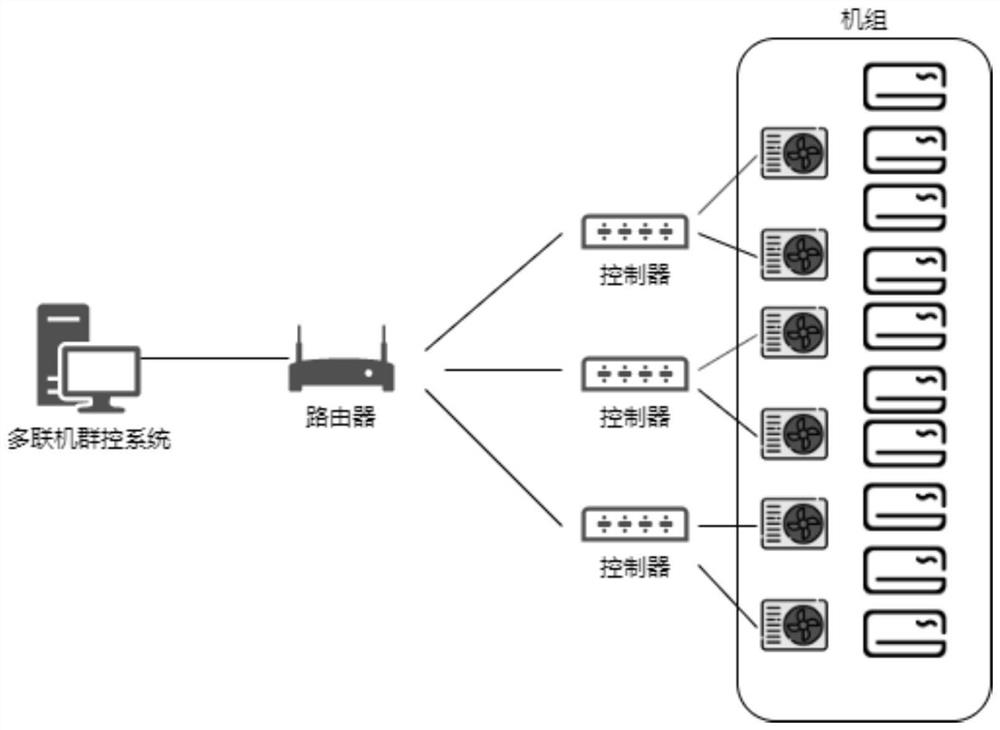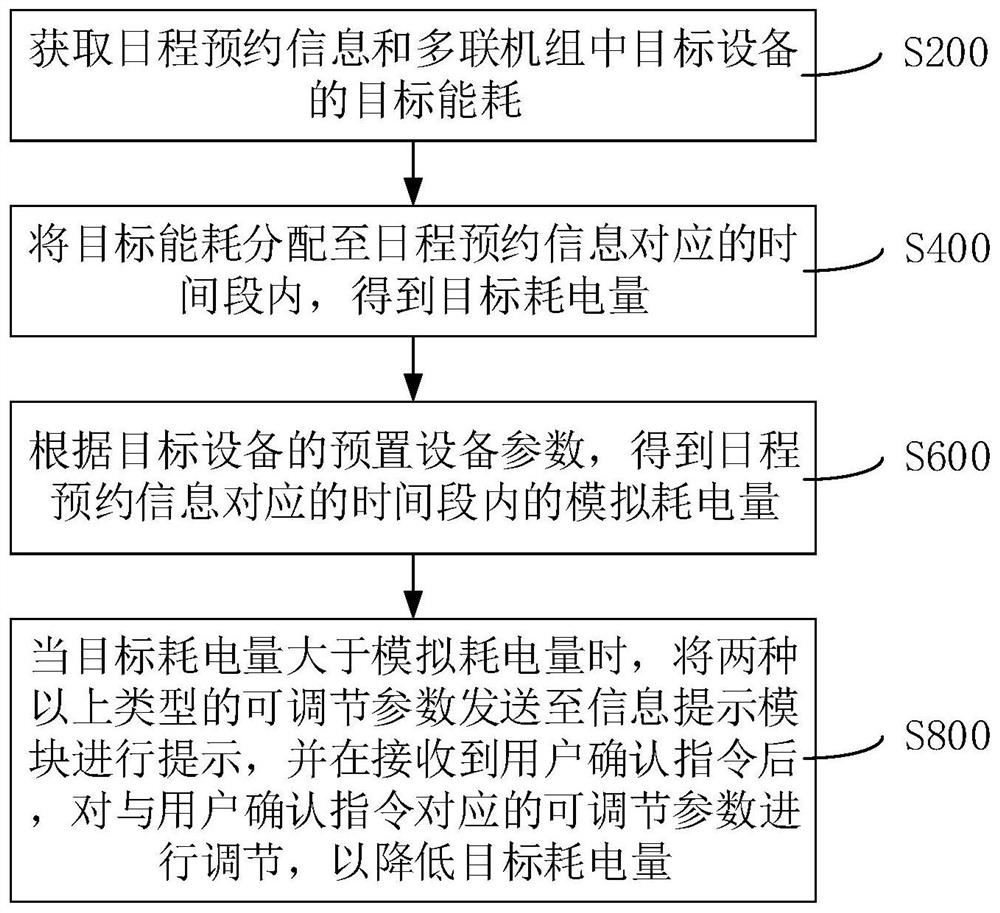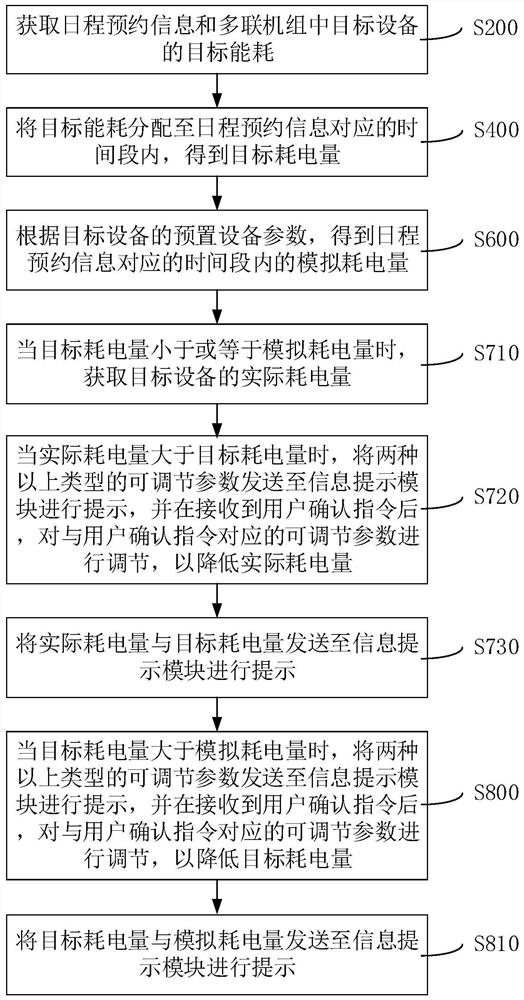Multi-connected unit control method and device and multi-connected unit equipment
A technology of unit control and preset equipment, applied in the field of multi-unit units, can solve the problems of insufficient energy saving and poor work performance of multi-unit units
- Summary
- Abstract
- Description
- Claims
- Application Information
AI Technical Summary
Problems solved by technology
Method used
Image
Examples
Embodiment Construction
[0043] In order to make the purpose, technical solutions and advantages of the present application more clearly understood, the present application will be described in further detail below with reference to the accompanying drawings and embodiments. It should be understood that the specific embodiments described herein are only used to explain the present application, but not to limit the present application.
[0044] In one embodiment, a multi-connection group control method is provided, and the multi-connection group control method can be applied in such as figure 1 In the application environment shown, it is realized based on the multi-line group control system. The multi-connection group control system can be understood as a website deployed in the user's computer, and the multi-connection group control method of the present application can be implemented by installing the multi-connection group control system in the computer. It can be understood that the multi-connecti...
PUM
 Login to View More
Login to View More Abstract
Description
Claims
Application Information
 Login to View More
Login to View More - R&D
- Intellectual Property
- Life Sciences
- Materials
- Tech Scout
- Unparalleled Data Quality
- Higher Quality Content
- 60% Fewer Hallucinations
Browse by: Latest US Patents, China's latest patents, Technical Efficacy Thesaurus, Application Domain, Technology Topic, Popular Technical Reports.
© 2025 PatSnap. All rights reserved.Legal|Privacy policy|Modern Slavery Act Transparency Statement|Sitemap|About US| Contact US: help@patsnap.com



